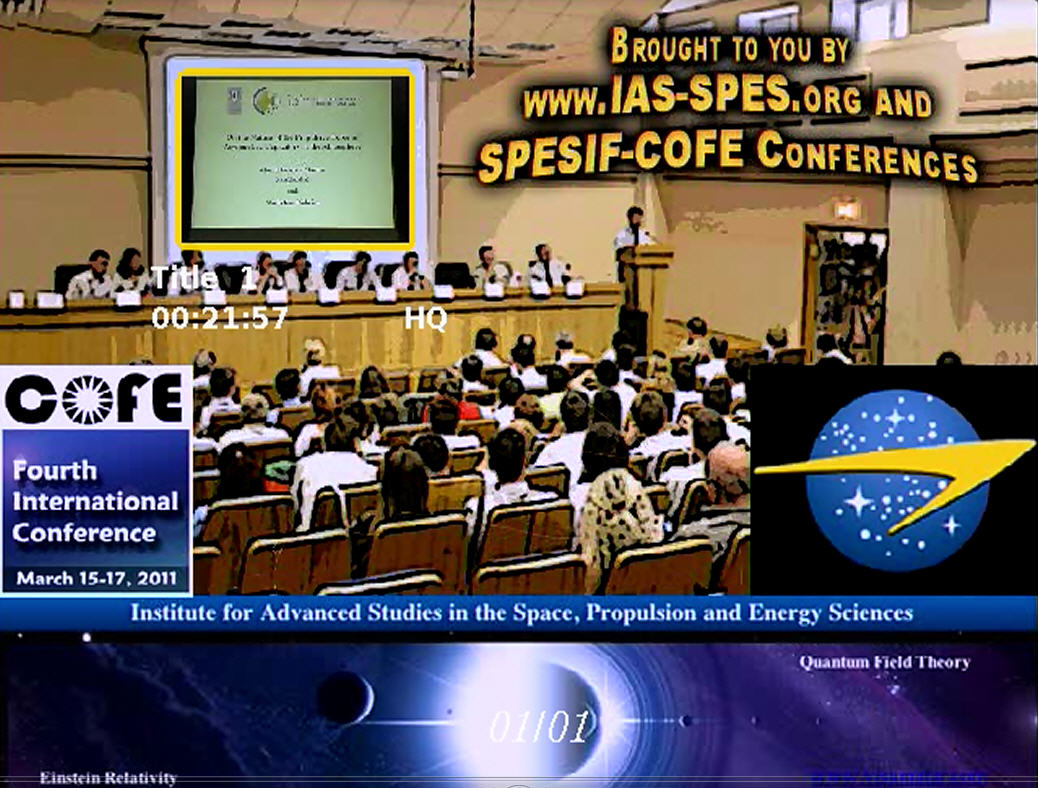
Excess Heat with Cold Fusion by Scott Chubb COFE4 DOWNLOAD
Regular price
$10.00
Sale
In 1989, when Fleischmann, Pons and Hawkins (FP), (1989) claimed they had created room temperature,nuclear fusion in a solid, a firestorm of controversy erupted. Beginning in 1991, the Office of Naval Research began a decade-long study of the FP excess heat effect. This effort documented the fact that the excess heat that FP observed is
the result of a form of nuclear fusion that can occur in solids at reduced temperature, dynamically, through a deuteron (d)+d→4He reaction, without high-energy particles or γ rays. A key reason this fact has not been accepted is the lack of a cogent argument, based on fundamental physical ideas, justifying it. In the paper, this question is re-examined, based on a generalization of conventional energy band theory that applies to finite, periodic solids, in which d’s are allowed to occupy wave-like, ion band states, similar to the kinds of states.
the result of a form of nuclear fusion that can occur in solids at reduced temperature, dynamically, through a deuteron (d)+d→4He reaction, without high-energy particles or γ rays. A key reason this fact has not been accepted is the lack of a cogent argument, based on fundamental physical ideas, justifying it. In the paper, this question is re-examined, based on a generalization of conventional energy band theory that applies to finite, periodic solids, in which d’s are allowed to occupy wave-like, ion band states, similar to the kinds of states.
